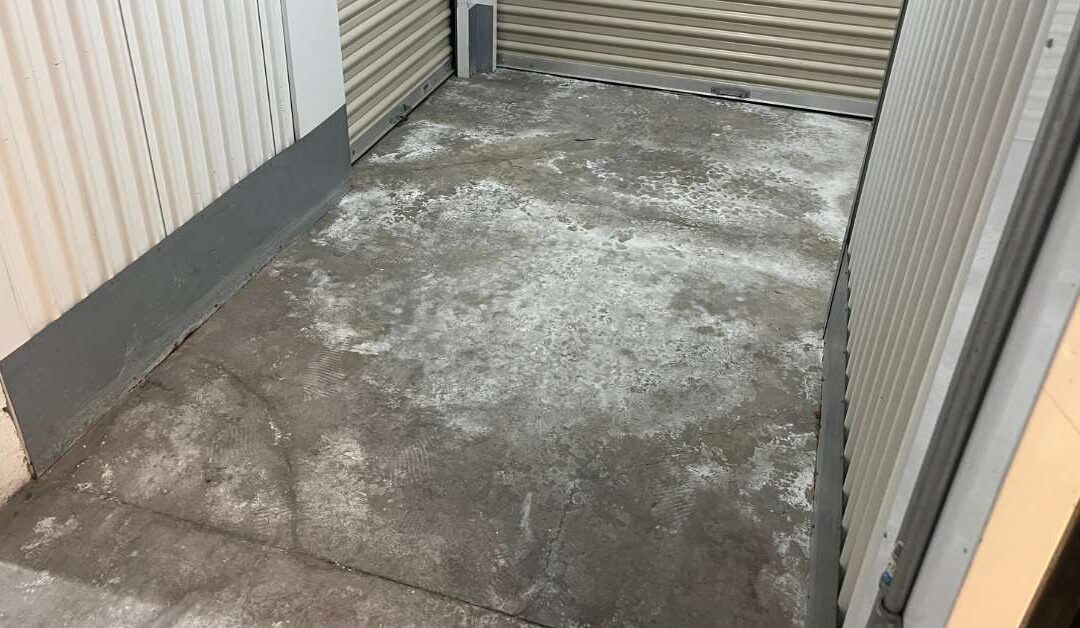Concrete efflorescence is a common issue that many homeowners and business owners face. It occurs when water travels through the concrete and dissolves salts within, which are then deposited on the surface as the water evaporates. This creates a chalky, white residue that can detract from the appearance of your concrete surfaces. Fortunately, there are several effective methods to reduce and eliminate concrete efflorescence, ensuring your concrete looks clean and professional.
Understanding the Causes
Efflorescence is usually the result of moisture, so it’s important to identify the source of water that may be contributing to the issue. This could be rain, irrigation, or even water vapor rising from the ground beneath your concrete. By addressing the root cause of the moisture, you can significantly reduce the risk of efflorescence.
Prevention is Key
Try one or more of these best practices before, during, and after construction to help manage soluble salts rising to the surface:
Carefully Review Design Plans
By thoroughly reviewing design plans, you can pinpoint areas where water might infiltrate or accumulate. Once identified, you can incorporate preventive measures such as proper eaves, overhangs, and flashing to minimize the chance of water seeping into the concrete.
Store Porous Building Materials Off the Ground:
To prevent moisture absorption, store concrete pavers and other porous materials off the ground, covered with waterproof sheeting like heavy-duty PVC tarps. This will help limit water exposure before installation.
Incorporate Class F Fly Ash
Adding Class F fly ash into your concrete mix reduces the calcium hydroxide content, which helps lower the risk of efflorescence forming once the concrete has cured.
Estimate Efflorescence Potential
While there’s no universal standard for measuring efflorescence potential, architects can reference ASTM C67-13: Standard Test Methods for Sampling and Testing Brick and Structural Clay Tile. This provides an estimate of whether a particular concrete product will be suitable for the project, based on environmental and weather conditions.
Use Clean, Salt-Free Water
During construction, it’s vital to use clean, potable water with low or no salt content for mixing and curing concrete. Also, be mindful of water-to-cement ratios to minimize efflorescence risk.
Opt for Quality Building Materials
High-quality concrete materials are less porous and undergo more rigorous testing, which makes them less prone to efflorescence than cheaper alternatives.
Seal the Concrete
Applying a penetrating sealer will make the concrete more resistant to moisture penetration. While it may not completely prevent efflorescence, it can significantly reduce the likelihood. For sealed concrete, removing the sealer will be necessary to effectively clean any efflorescence that occurs.
These strategies can help reduce the chances of efflorescence forming, though builders and architects should remember that total prevention is never guaranteed.
Removal Techniques
When efflorescence has already appeared, it can be removed with a few different methods:
Dry Brushing
In some cases, a simple dry brushing with a stiff broom or brush can remove the salt deposits.
Water and Vinegar Solution
For tougher stains, mix equal parts water and vinegar. Scrub the affected areas with this solution, then rinse the surface thoroughly with water to prevent the vinegar from damaging the concrete.
Light Water Blasting
While it may seem counterintuitive, lightly blasting the surface with water can quickly clear away efflorescence. However, it’s crucial to dry the concrete completely afterward, as any lingering moisture could cause the efflorescence to return.
Commercial Cleaners
There are specialty efflorescence removers available that can be more effective on stubborn deposits. Always follow the manufacturer’s instructions when using these products.
If you’re unsure of which removal method is best for your concrete, call Full Spectrum Concrete at (805) 443-1171. Our experts can assess the situation and provide professional guidance or services to restore your concrete.
Ongoing Maintenance
After removing the efflorescence, the next step is to prevent it from coming back. This can be achieved by applying a high-quality sealer to the concrete surface, ensuring proper drainage around the concrete, and regularly checking for any cracks or areas where moisture might seep in.
Concrete repair and prevention can seem daunting, but with the right strategies, you can keep your surfaces looking great for years. Full Spectrum Concrete is here to help you with all your concrete repair needs. Call us today at (805) 443-1171 to schedule a consultation and protect your concrete from efflorescence and other damage.


